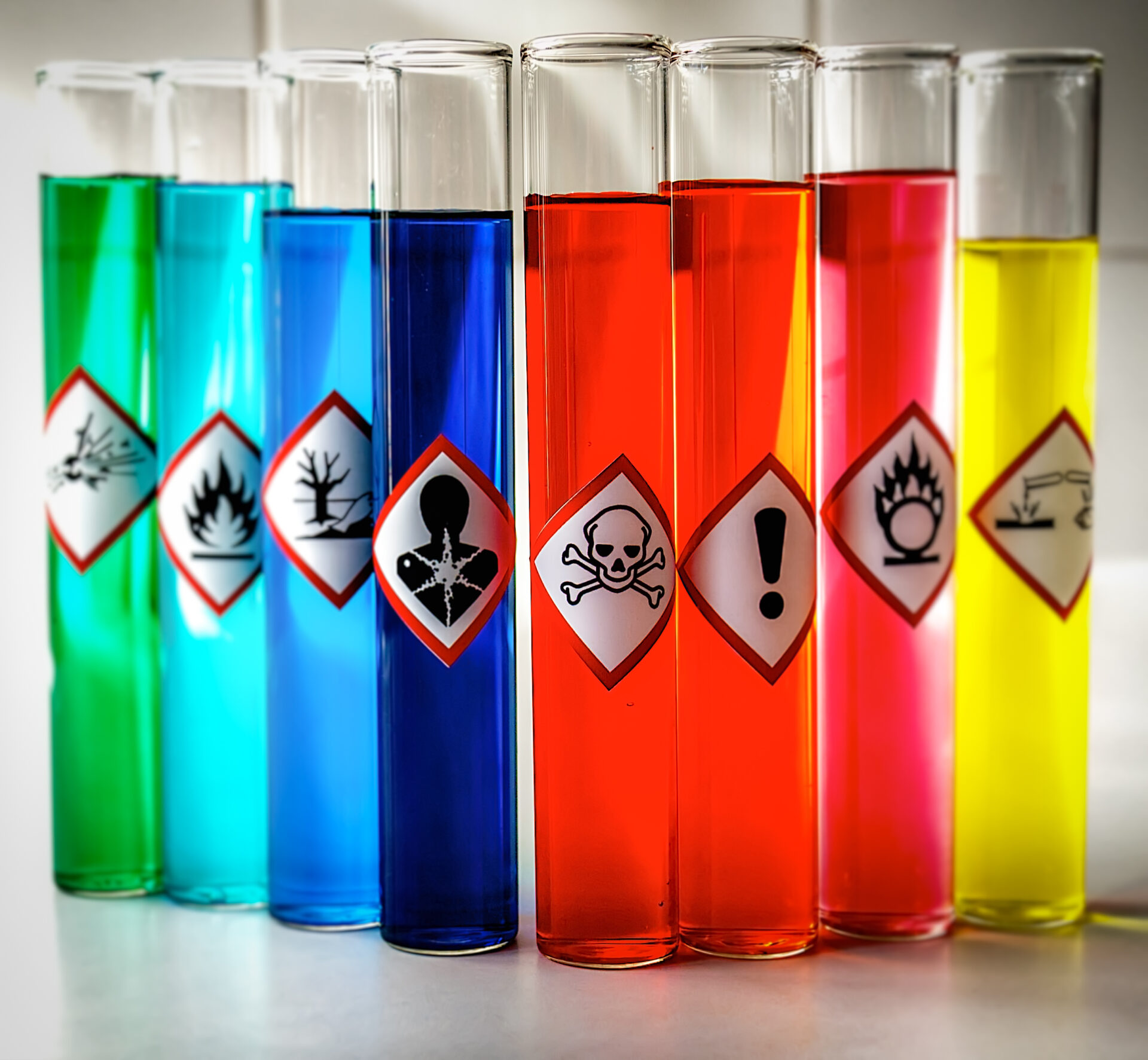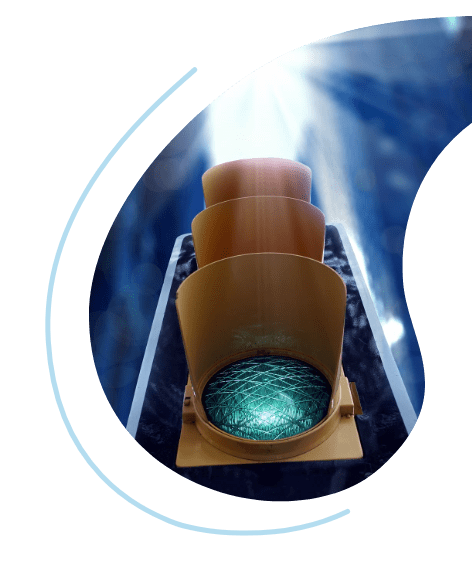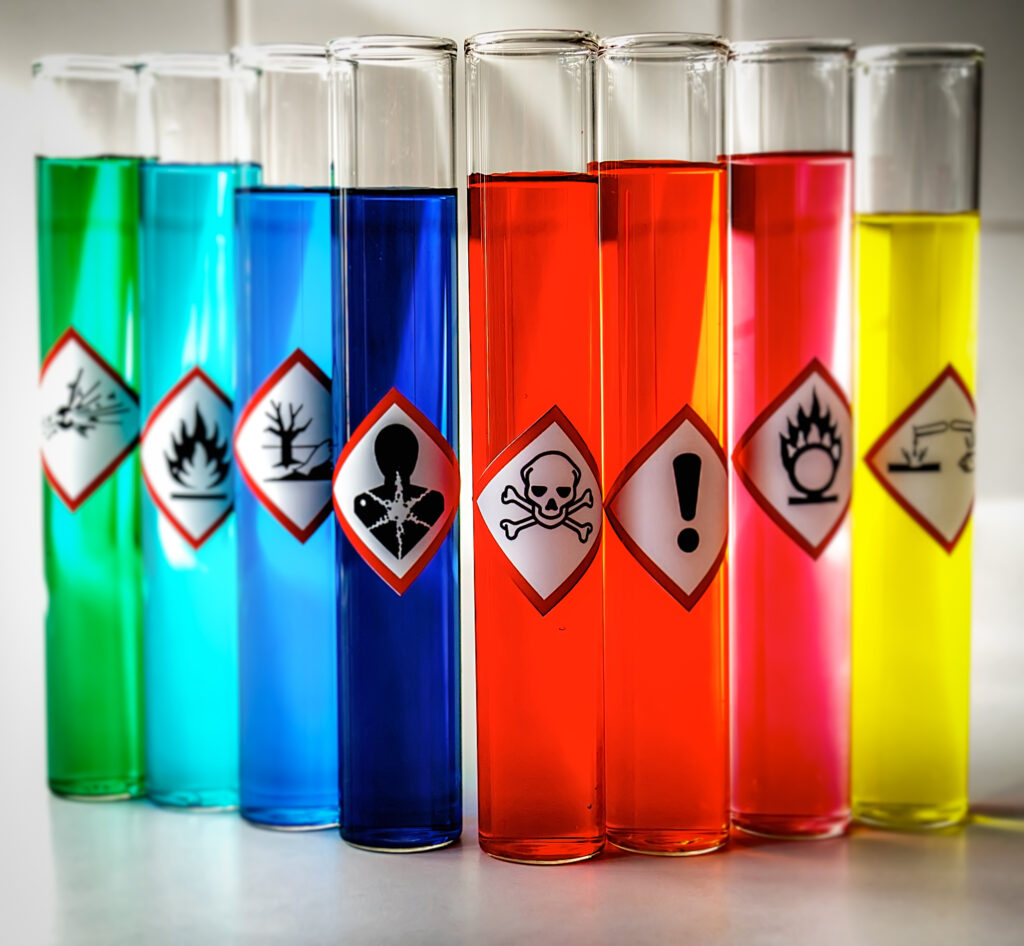
28 Mar Proposed changes in CLP will require additional efforts by industry

News
Proposed changes in CLP will require additional efforts by industry
Proposed changes in CLP will require additional efforts by industry The EU Commission published the Chemicals strategy for sustainability in October 2020 with many interesting and challenging ideas. Some of the ideas are changes in CLP which can directly impact industries. These changes are still the subject of discussions between the Commission, national authorities and other stakeholders. The form of the final changes is therefore uncertain and a timeline for implementation cannot yet be given. What impact can these proposed changes in CLP have on industry?
The Commission to initiate harmonised classifications In the ideal world, the classification of a substance is clear and agreed by everyone. Clear and correct harmonised classifications are a benefit for everyone using chemical products. At present, there are relatively few harmonised classifications and a very large number of self-classifications, often widely varying for the same substance. This leads to uncertainty on how to handle substances safely, because the classification from one supplier may suggest the need for very different risk management measures than the classification from another supplier. Both authorities and industry would like a change in this situation. A suggestion by industry association Eurometaux is to give ECHA the possibility to correct clearly erroneous self-classifications. The Commission considers that increasing the number of harmonised classifications may partially solve this issue. Therefore, they want to have the right to initiate harmonised classification of substances. This should lead to more proposals for harmonised classifications. However, to ensure that harmonised classifications are appropriate, i.e. neither unprotective nor overconservative, the input of experts from industry is required, because they often have the best knowledge on the substances. More proposals to react on, requires more efforts by experts.
New hazard classes and criteria It is proposed to add new hazard classes and criteria to CLP, specifically for the following hazards:
- Persistent, bioaccumulating and toxic (PBT) and very persistent and very bioaccumulating (vPvB)
- Persistent, mobile and toxic (PMT) and very persistent, very mobile (vPvM)
- Endocrine disrupting chemicals (EDCs), possibly in two categories: Cat.1: known or presumed EDCs and Cat 2: suspected EDCs.
Criteria for assessing PBT and vPvB properties are relatively well established, but criteria for PMT and vPvM are not yet. For EDC, there is still a lot of discussion on possible criteria. There is a need for experts to participate in the discussions to ensure that criteria and (future) classifications will be scientifically valid, workable and useful to improve safe use of chemicals. In any case, the need to assess more classification categories will lead to more work for producers of chemicals and mixtures. And if criteria are unclear or difficult to evaluate, there is a risk that there will be lots of discussion and disagreement, possibly leading to lengthy and costly legal disputes. For EDCs, there is a lack of appropriate tests that provide a ‘yes’ or ‘no’ EDC answer. Present assessment methods for EDC properties, e.g. those used for biocidal actives, are very resource-intensive and require substantial expertise, without necessarily leading to unequivocal results (more information on this is provided in our newsletter here).
Another suggestion is to classify ‘more than one constituent substances’ (MOCS), such as substances of unknown or variable composition, complex reaction products or biological materials (UVCBs) and multi-constituent substances, for PBT via the mixture classification approach. However, using the mixture approach for MOCS and PBT assessment can result in (incorrect) PBT conclusions if one constituent is P and B and another is T.
Harmonised toxicological reference values in CLP A different idea is to have harmonised human and environmental toxicological reference values in CLP. This should ensure that such reference values are agreed by authorities and the same values are used by everyone. Again, this idea probably leads to a need for more expert input to ensure that the most reliable reference values are agreed upon.
What can industry do now? The various ideas for changes in CLP all revolve about scientific criteria and evaluations. While the ideas are not yet converted into actual legislative proposals, industry can already prepare by analysing the relevant science and developing suggestions and inputs to improve the proposals. Some large scale impact studies have already been done, but more specific analysis of impacts of specific criteria or classification options can be relevant. External experts can help to ensure that the input of industry is balanced and not per se perceived as biased towards their own interests.




